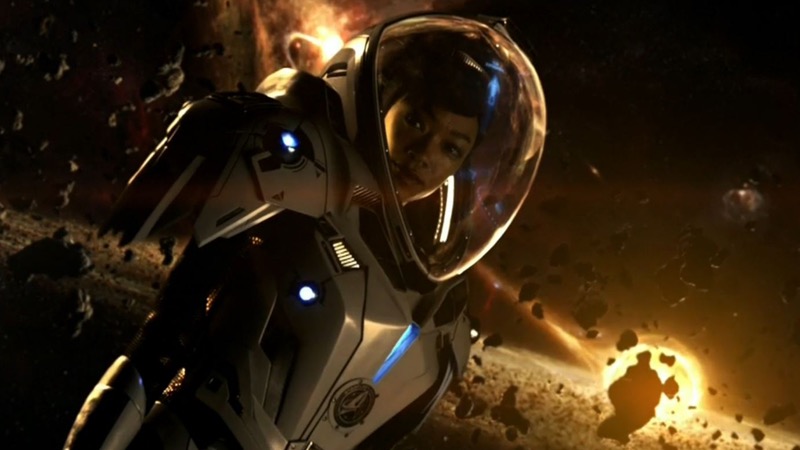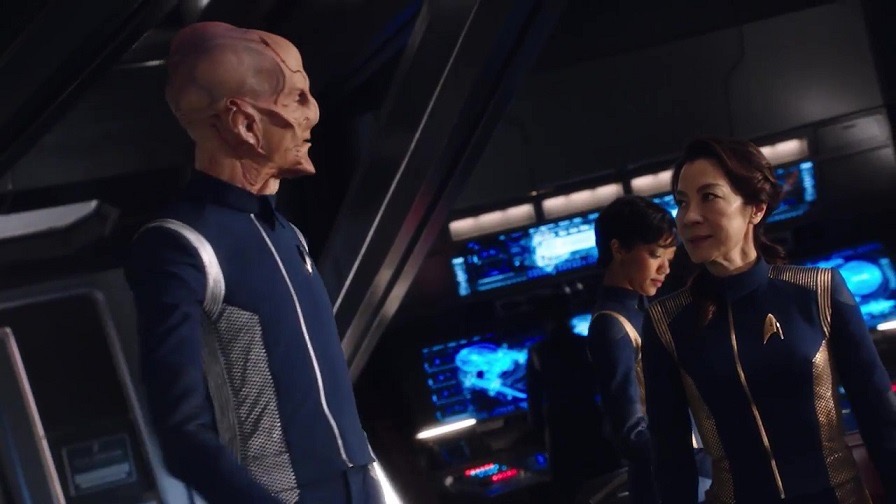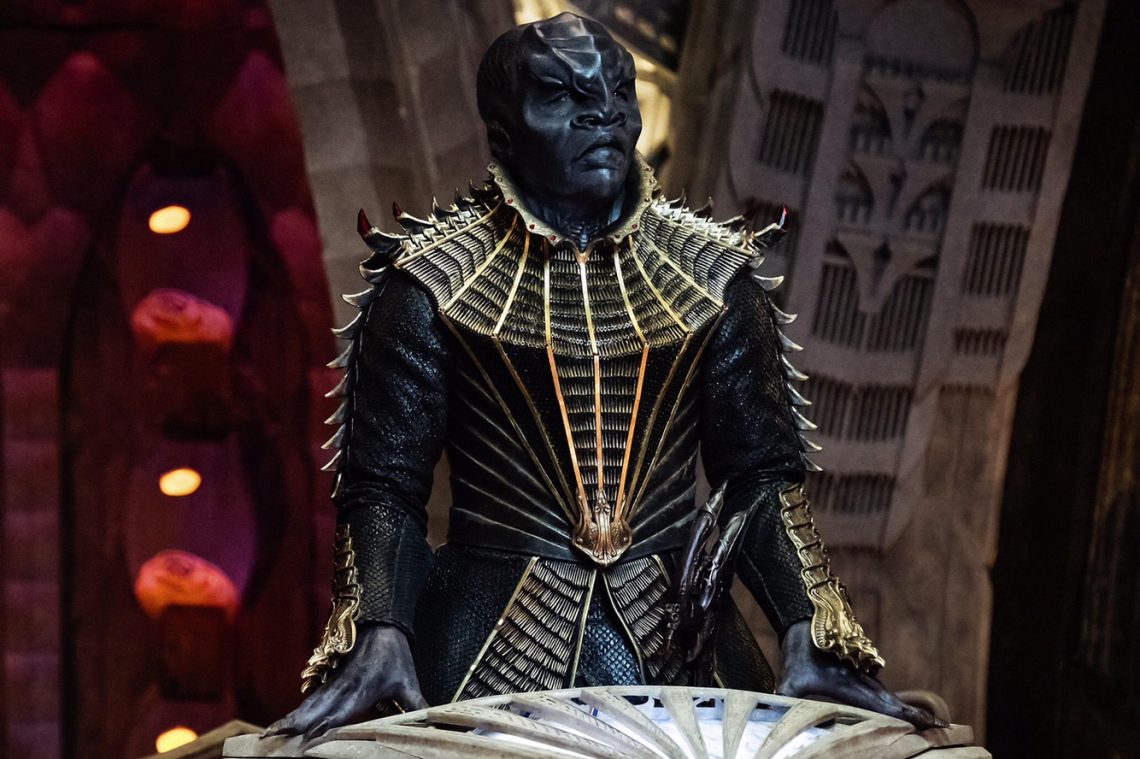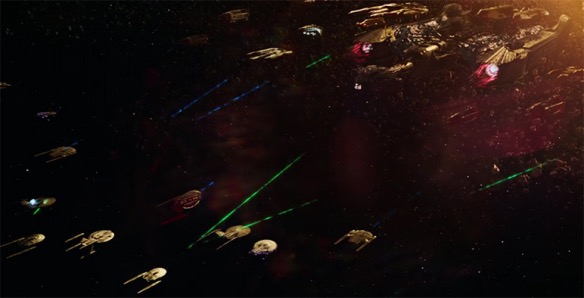After months of speculation, anticipation, and trepidation, the opening two episodes of Star Trek Discovery have finally been released. With reports of trouble between initial show-runner Bryan Fuller and CBS emerging on what appears to be a daily basis to Fuller’s eventual dismissal from his role, it’s been hard to be totally excited for this imminent arrival. How wrong I was!
In build up to this recap I tried to gauge the general reaction of friends and family to this continuation of the original timeline. To a person (including our very own Jeff Andrews), the reaction has been unanimous: a beautiful opening chapter to what will surely be a series to remember.
Speaking of Discovery’s beauty, I would be remiss to not talk about the mind-blowing visual effects ingrained into the heart of this show. From minute one the tone was firmly set with opulent colours, an exciting score, and performances that’ll leave you salivating for more to come. If you can, please see this in the most HD version possible. I was fortunate enough to see it in UHD and what a ride it was. The way the colours dance across the screen between shots creates an extra sense of wonder that even author Gene Roddenberry could only dream of.
“Discovery did something every series has done before it: set the tone early. “
Clearly, the previous films by JJ Abrams have had a profound effect on how this new series has been approached but is that necessarily a bad thing? Say what you want about the story of each of these films, but no-one ever talks about how simple the production design is.
In addition to this, the story of Discovery allows for a greater sense of independence that manages to feel both separate but equal to the original series. Set approximately 10 years before Kirk’s five-year mission, Commander Michael Burnham is shown accompanying her Captain on a mission to preserve the water supply of a pre-industrial civilization. After a minor blip, the main story arch instantly takes full flight.
Motivated by their devotion to the figure “Kahless”, a Klingon sect have sworn to wage war on all those pledging to “come in peace” across the universe. This pledge leads to a chance encounter between Burnham and a designated “Torchbearer” for the group. What follows is a tense, drawn-out affair between the Federation and Klingon Empire in its most brutal form. With ships being decimated by torpedoes, phasers and even other ships, the art department once again proves that the advent of UHD was the exact thing Star Trek needed.
As a longtime fan of Star Trek, I can’t fully explain the comfort I felt in watching this new series. I can forgive the confusing anachronisms, the fragrant approach to the timeline, and even the way Klingons look because, for me, Discovery did something every series has done before it: set the tone early.
In TNG, the mission to Farpoint let viewers know that this new expedition will feature fresh, outlandish principles with a subtle element of religious symbology. Voyager told us that without family, we cannot ever presume to overcome what appear to be insurmountable odds. Discovery tells us that Burnham is at conflict with her morals, and that doing right/wrong is entirely subjective. The dilemma between Utilitarianism and Deontology is one that all must face at any given moment in time, and one that has frequently been touched upon in the past. However, it’s overarching prominence here suggests a more ethically aware series that challenges not only ourselves, but the actions of figures in much higher places.








